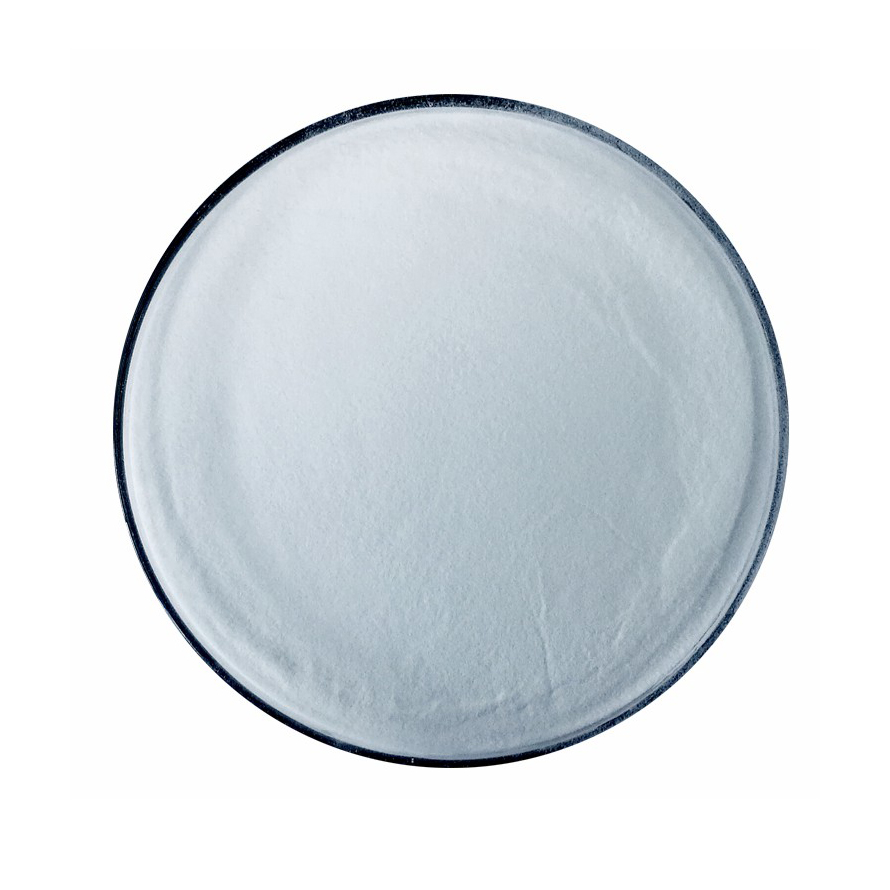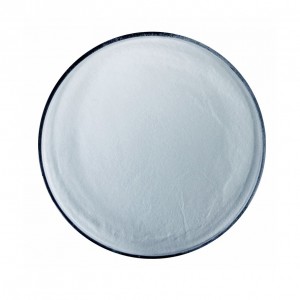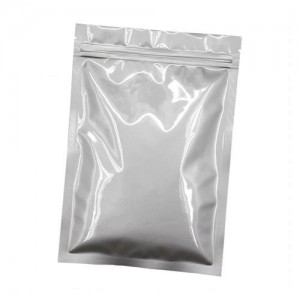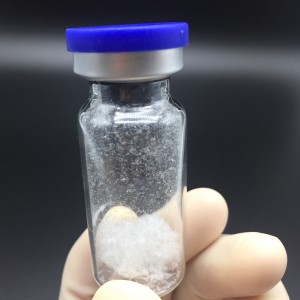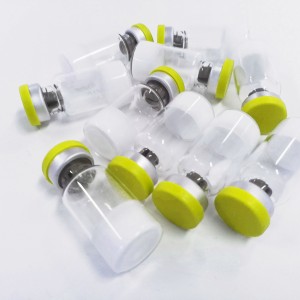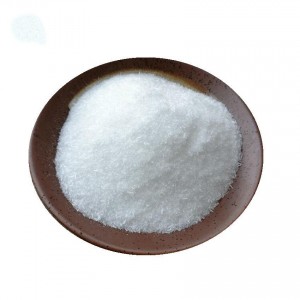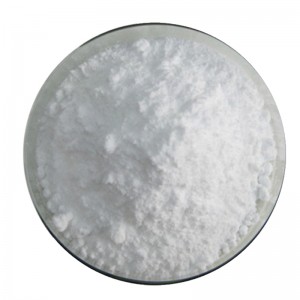Atosiban Acetate Used for Anti Premature Birth
Product Detail
| Name | Atosiban |
| CAS number | 90779-69-4 |
| Molecular formula | C43H67N11O12S2 |
| Molecular weight | 994.19 |
| EINECS Number | 806-815-5 |
| Boiling point | 1469.0±65.0 °C (Predicted) |
| Density | 1.254±0.06 g/cm3(Predicted) |
| Storage conditions | -20°C |
| Solubility | H2O:≤100 mg/mL |
Description
Atosiban acetate is a disulfide-bonded cyclic polypeptide consisting of 9 amino acids. It is a modified oxytocin molecule at positions 1, 2, 4 and 8. The N-terminus of the peptide is 3-mercaptopropionic acid (thiol and The sulfhydryl group of [Cys]6 forms a disulfide bond), the C-terminal is in the form of an amide, the second amino acid at the N-terminal is an ethylated modified [D-Tyr(Et)]2, and atosiban acetate is used in medicines as vinegar It exists in the form of an acid salt, commonly known as atosiban acetate.
Application
Atosiban is an oxytocin and vasopressin V1A combined receptor antagonist, the oxytocin receptor is structurally similar to the vasopressin V1A receptor. When the oxytocin receptor is blocked, oxytocin can still act through the V1A receptor, so it is necessary to block the above two receptor pathways at the same time, and a single antagonism of one receptor can effectively inhibit uterine contraction. This is also one of the main reasons why β-receptor agonists, calcium channel blockers and prostaglandin synthase inhibitors cannot effectively inhibit uterine contractions.
Effect
Atosiban is a combined receptor antagonist of oxytocin and vasopressin V1A, its chemical structure is similar to the two, and it has a high affinity for receptors, and competes with oxytocin and vasopressin V1A receptors, thereby blocking the action pathway of oxytocin and vasopressin and reducing uterine contractions.


